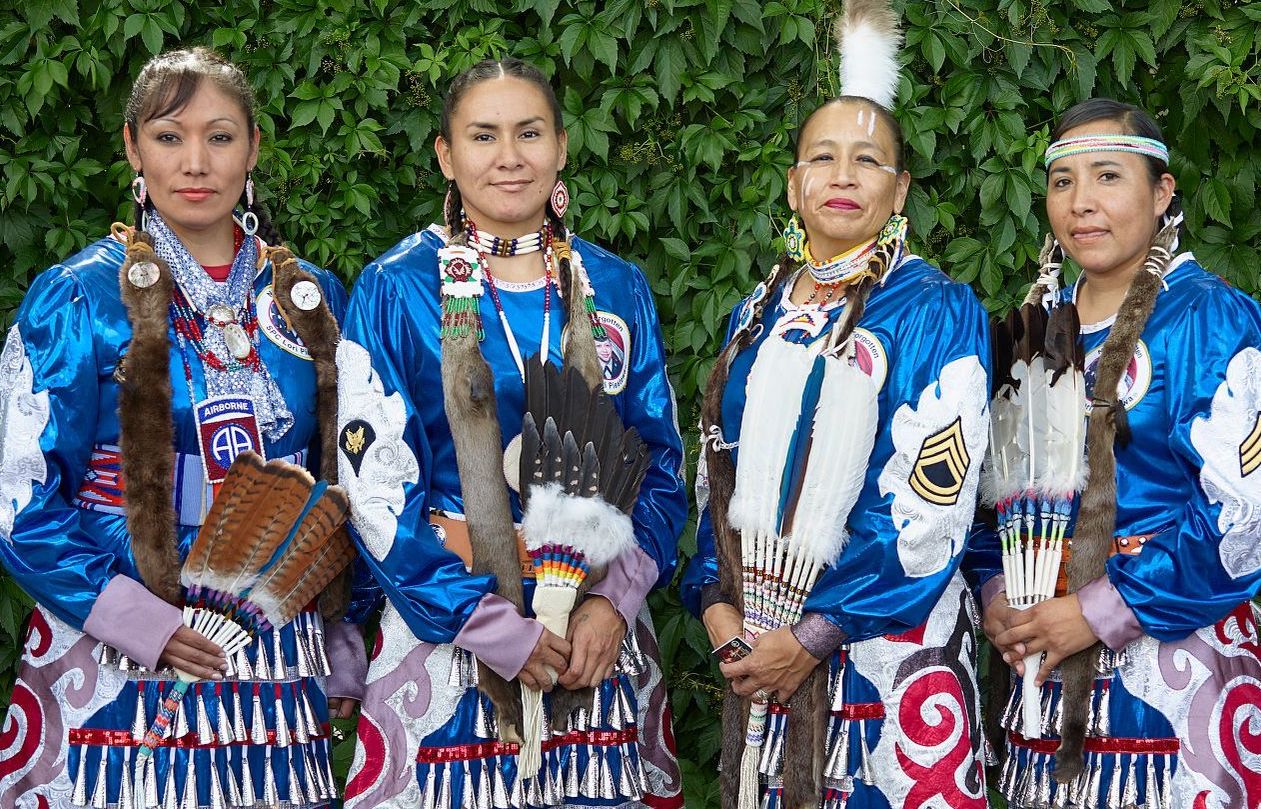In 1777, Cherokee statesman Kaiyahtehee, also known as “Old Tassel,” arrived at Fort Henry near the Long Island in the Holston River to negotiate a treaty with commissioners from the state of North Carolina. The treaty would give America land east of the Blue Ridge Mountains, much of which is now Eastern Tennessee.
However, as was often the case, the state representatives arrived demanding a greater share of land than was originally agreed upon. “It is not a little surprising that when we enter into treaties with our brothers, the whites, their whole cry is, ‘More land’,” said Old Tassel.
The Cherokee wanted peace and wanted to keep the Long Island itself, which was a sacred council and treaty site as well as a center for trade. Old Tassel reasoned there was more than enough land for both sides to prosper.
“The great God of Nature has placed us in different situations. It is true, he has endowed you with many superior advantages; but he has not created us to be your slaves: We are a separate people! He has given each our lands, under distinct considerations and circumstances; he has stocked yours with the cow, ours with the buffalo; yours with the hog, ours with the bear; yours with the sheep, ours with the deer,” he said.
The advantage the white men had over the Cherokee, Old Tassel continued, was that their animals were domesticated while the Cherokees’ were wild. In his view, those demanding more land in reality required less because they had no need to hunt.
Land as property is not part of the indigenous mindset. Cherokee, like Kaiyahtehee and other Native Americans, see themselves as an extension of the land. For the colonizers on the other side of the treaty table, not only was land considered property, they also believed they had a God-given right to claim land in North America. Treaties signed with peoples they deemed inferior if not sub-human were not going to stand in their way.
This concept came to be known as the Doctrine of Discovery, and it provided religious, political and legal justification for colonialism and the seizure of any land inhabited by non-Christians.
The Doctrine of Discovery has its roots in a few early Renaissance papal decrees blessing the burgeoning slave trade in Africa and European exploration of the Americas. Because both enterprises required the exploitation and subjugation of native people to succeed, inherent in the decrees was the belief that mistreatment of indigenous people was acceptable because they were not Christians.
Protestants may not have cared much for the pope’s blessing, but they happily embraced a worldview that justified the confiscation of indigenous lands — by force if necessary.
Massachusetts Bay Colony governor and Puritan leader John Winthrop believed any land without a native settlement on it was free for the taking. When the Pequot Nation disagreed, Winthrop approved the massacre of 700 members of the tribe, including men, women and children. He then sold the surviving Pequot into slavery and declared a “public day of thanksgiving” for the colony.
Read the entire article at Baptist News Global



























